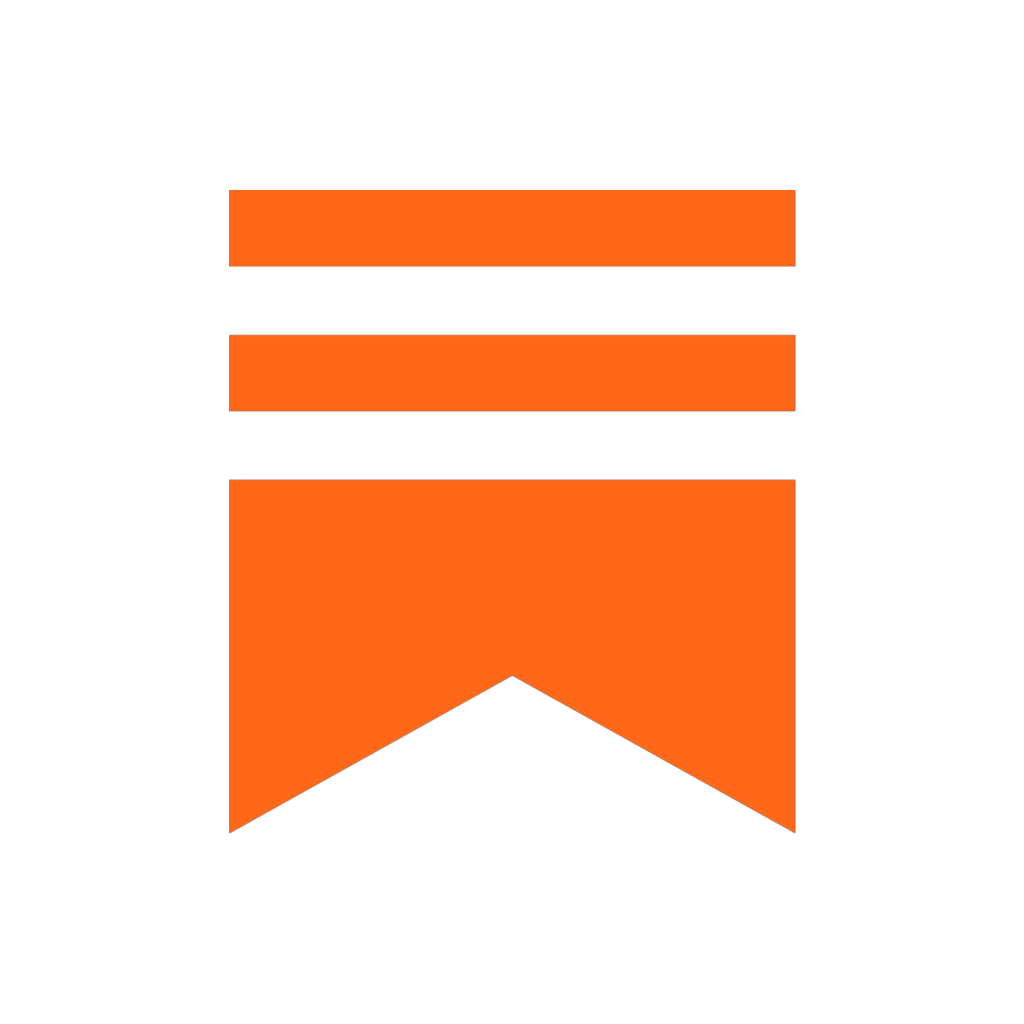Tenday Notes: 10 Feb - 19 Feb 2021

Every ten days I share a quick digest of what I've been working on. Here's the latest. More in the series here. Want them in your inbox? Sign up.
Let's start with a big question. Why am I writing this newsletter?
(Note: this is the blog version of the notes, rather than the newsletter version, but the majority of people get them as a newsletter in their inbox so I'm going to refer to them as a newsletter for the rest of this post.)
Don't worry - I'm not about to get all philosophical on you, but I do want to briefly explain its value to me, which will hopefully allow you to be a more informed newsletter reader.
I am writing this newsletter mostly because I am increasingly suspicious of social media. Not in the "they're tracking me!" kind of way because, well, duh. It's more that I'm increasingly suspicious of how useful social media is to me.
As a "person making things on the internet" (my official job title, which covers articles, dataviz, podcasts, and everything else I do), I want people see those things. As such, you'd expect that social media would be a powerful force multiplier - allowing me to reach beyond my network through the power of shares and retweets.
That's the promise of social media, and in fact it's how it worked in the early days of these networks, when timelines were chronological and all content was treated approximately equally (I still need to write my essay about "chrontext" - the value of context in chronological timelines). But that's no longer the case. Today, the networks carefully curate what you see to maximise the time you spend on those networks, which in turn maximises advertising revenue.
In practice, this often means showing you content that the majority of the network (or at least the majority of users who behave like you do) are discussing. Sometimes those discussions are positive ("check out this great thing!"), but more often than not the tone of that discussion is negative ("omg, can you believe this thing!").
If you post about what everyone else is posting about, you'll get clicks, likes, shares. But the things I make rarely have much connection with what the bulk of people on these networks are discussing at any time. That's just how I work. Which means that when I post about that work, the algorithms pass over it in favour of the latest outrage. The posts get a few likes, a few shares, from the few that see it - and then three minutes later they're gone, like tears in the rain.
Newsletters like this one, on the other hand, are a very different experience. They're wholewheat, rather than junk food - by which I mean that their nutritional value will sustain you over days and weeks, rather than offering the sugar rush and subsequent crash of social media. That metaphor is a little stretched, but I think you get what I mean.
The nutritional content is not the most useful thing about newsletters for me, though. The most useful thing is that they arrive in such a way that they're equal in your inbox. Most email platforms do deploy algorithmic filters, but not to the same extent as social media and not for the same purposes. They're more about catching spam than trying to get you to spend more time in your inbox.
So despite the number of readers of this newsletter being an order of magnitude lower than my social media following, the relationship I have with those readers - that's you - is many orders of magnitude more valuable to me than the relationship I have with someone who follows me on social media. When I write here - either about something I've done, or something that someone else has done - I generally get far more interesting, interested, useful, kind, and thoughtful responses than when I share the same thing on Twitter, Instagram or Facebook.
That's why I write this newsletter. Thankyou for reading it, and extra thankyou to those of you who regularly hit reply.
If you're looking to brush up on your geospatial data skills, you could do much worse than this self-contained chapter of Hands On Dataviz, which I worked through earlier in the week.

It presents a handful of web tools that can do surprisingly complex operations on geographical data, without needing to resort to ArcGIS or QGIS or similar. It's well-written, easy to follow, and it's short too - you could easily work through it in less than an hour.
Those of you who missed my Outlier talk about Loud Numbers might be interested to know that we’re doing an encore performance next Tuesday evening at the Dataviz Stockholm community meet-up. The event runs from 5.30pm to 7.30pm Central European Time. You can register here.

Having recently read Deirdre Mask's The Address Book, I was very into this Twitter thread about "the cognitive psychology of postcodes".
By popular demand 🥴 A short thread about UK postcodes
— Marc Smith (@marcxsmith) February 8, 2021
Late last year I recorded a two-hour online course on how to make data art with p5.js. It's a perfect starting point for people who are interested in creative coding or making data visualizations that go a little further than bars, lines and pies. I think it's really good, and so I've been trying to figure out how to sell it.
But I'm having a bit of trouble. It's kind of a niche topic and realistically I'm not wanting to do continuous marketing, so my expectation is that sales will be a relative trickle. As such, any platform that requires any kind of monthly fee is likely to lose me money over time, which rules out the majority of typical online course hosting solutions.
I did a bit of googling for other options, but kept ending up on spammy growth hacking blogs that were more interested in upselling than actually sharing information. Honestly, digging into the whole thing has just made me want to post the course for free and be done with it. But there's a political element to doing that - posting it for free would make life harder for all the other people who are trying to sell their courses, and I do think it's worth money, so I do want to gate it somehow.
I have many thoughts but no conclusions. I would welcome your thoughts to add to the pile, which will hopefully coalesce, in due course, into conclusions.
The good folks at innovation think tank Nesta are looking for a full-time Content Editor to work on their new Discovery Hub. It's remote-friendly, and I'm sure it's something that a whole bunch of you would be great at. Go give the job ad a look.
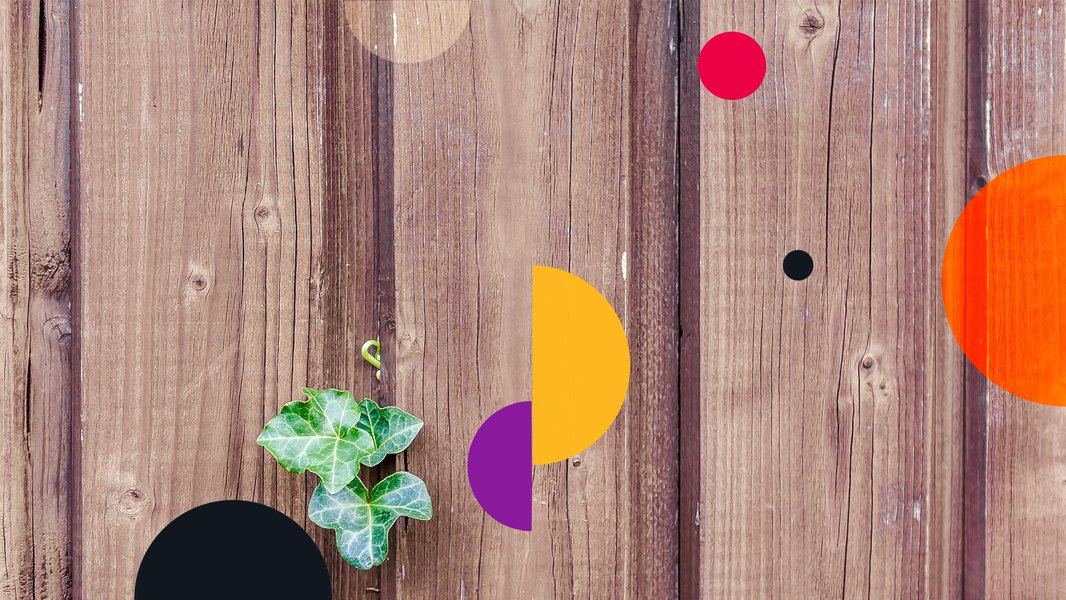
My take on Clubhouse is identical to Brian Feldman's, so I'll save us all the trouble and just link you to his analysis.
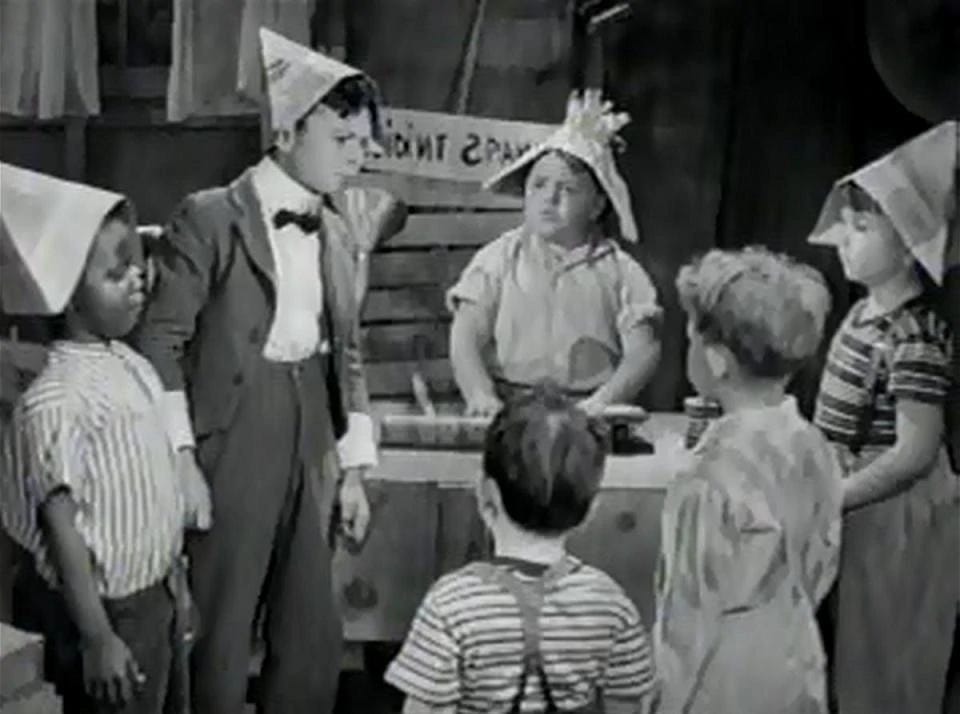
Here's a snippet:
I don’t quite understand who Clubhouse satisfies, other than tech investors who want to get a pat on the back and to be told they’re breaking new ground. By all accounts, there are plenty of people using it and doing interesting things on it, and as history has shown, those types of platforms have their features cloned by larger players, and then get stamped out or sold for parts. My main point is Clubhouse is introducing the concept of voice-only chat to people who might not otherwise be accustomed to it. Who knows what will happen when they discover basically every other app has similar capabilities.
Conway Script is an alphabet inspired by Conway's Game of Life.
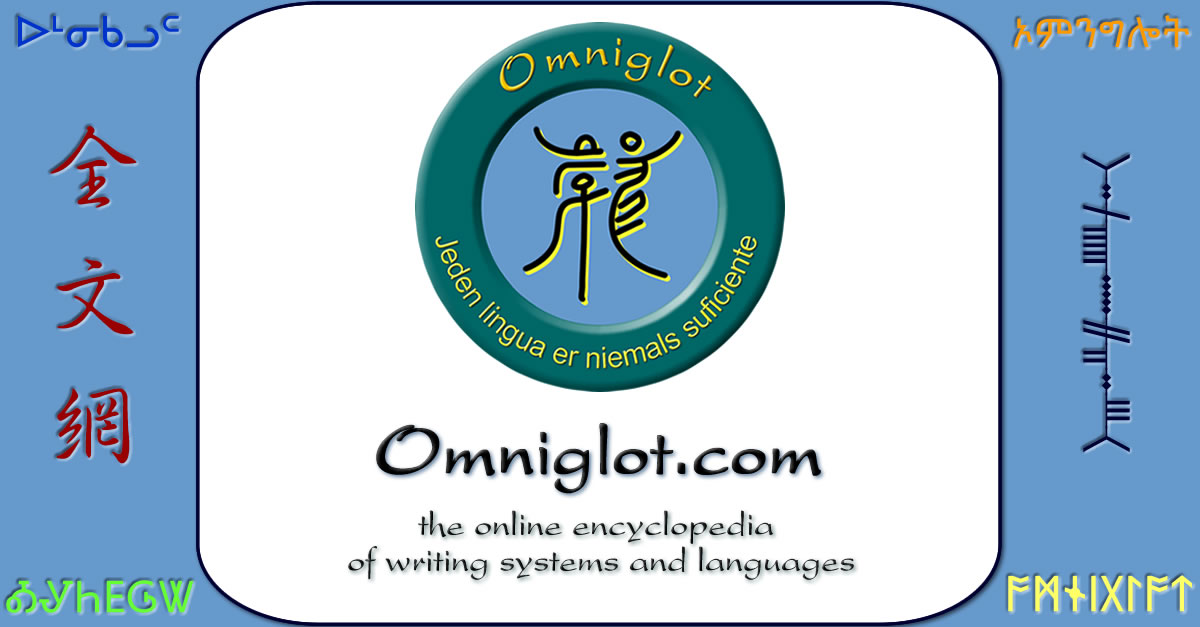
Lots of people sent me this article by Tim Dowling on the restorative value of spending quiet time in nature.
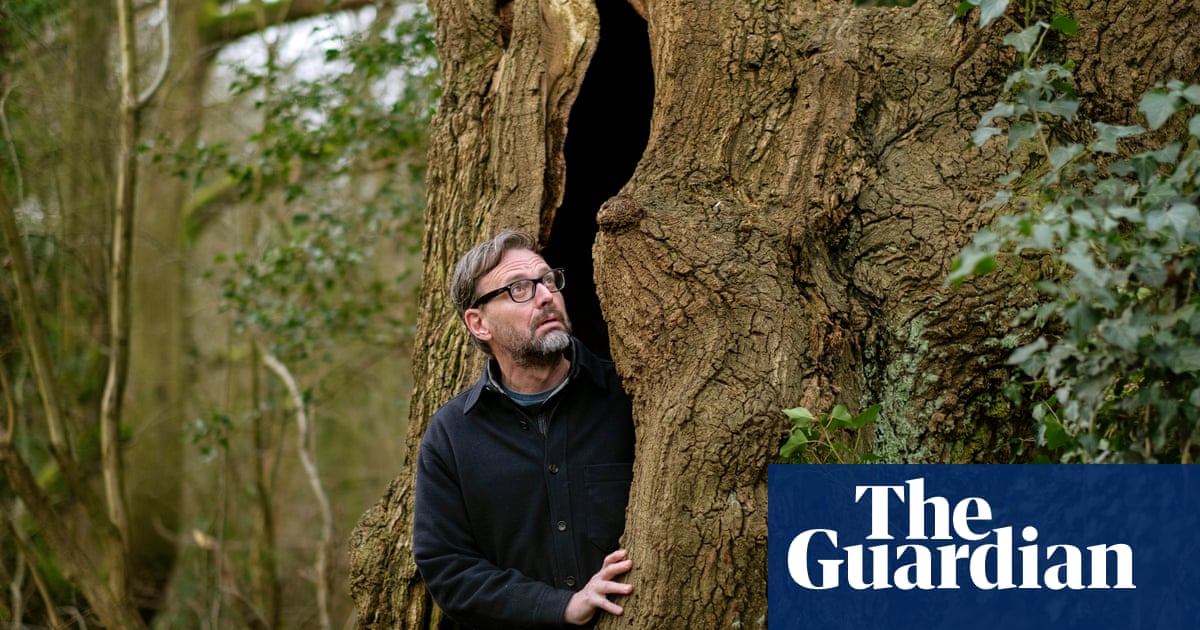
For a few years I've been working with my friend Giuseppe on a weird app project that lets you experience what the world around your current position might sound like if there were no cities. Originally it was called "Without Humans" but that felt a bit macabre as the pandemic got worse and worse, and the point is really to bring wild soundscapes into the reach of city-dwellers. So it became "Without Cities" instead.
We've almost got a prototype together, so I'll be looking for beta testers in the hopefully-not-too-distant future. If you're interested in trying it out, then let me know and/or keep an eye out for a more formal announcement.
My #100daysofmodular challenge is going really well - I'm 14 days in. I have I acquired a few new bits of kit since I last wrote - a Doepfer quad VCA, which lets me adjust the strength of (modulate) signals, either by hand or with other signals; A contact microphone which adds a more expressive modulation source; A module that plays samples as if they were radio stations (so much fun); And finally a module called Ornament & Crime that does a bunch of weird esoteric stuff that's hard to explain. Honestly I don't yet understand most of it myself - which is why I'm doing this project in the first place.
Follow this Twitter thread if you want to keep track of my progress (or if all of the above sounds like nonsense and you just want to hear what I'm talking about).
I need an offscreen hobby, so I'm embarking on a 100 day learning modular synth challenge, sharing my progress along the way. #100daysofmodular #the100dayproject pic.twitter.com/0WRSoO0pHX
— Duncan Geere 🔰 (@duncangeere) January 30, 2021
Finally, I'll leave you with Iceberger - draw an iceberg in any weird shape you like and see what it would look like floating. An unexpected joy.





